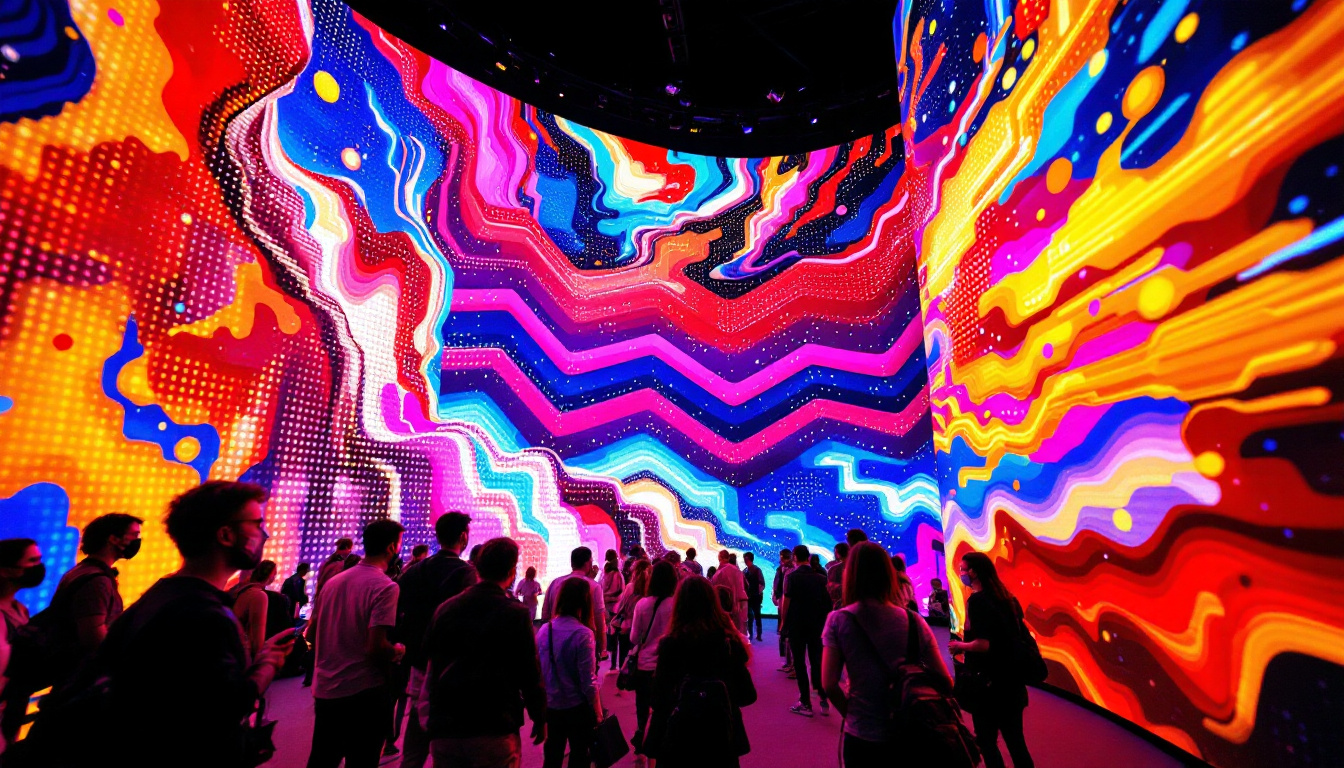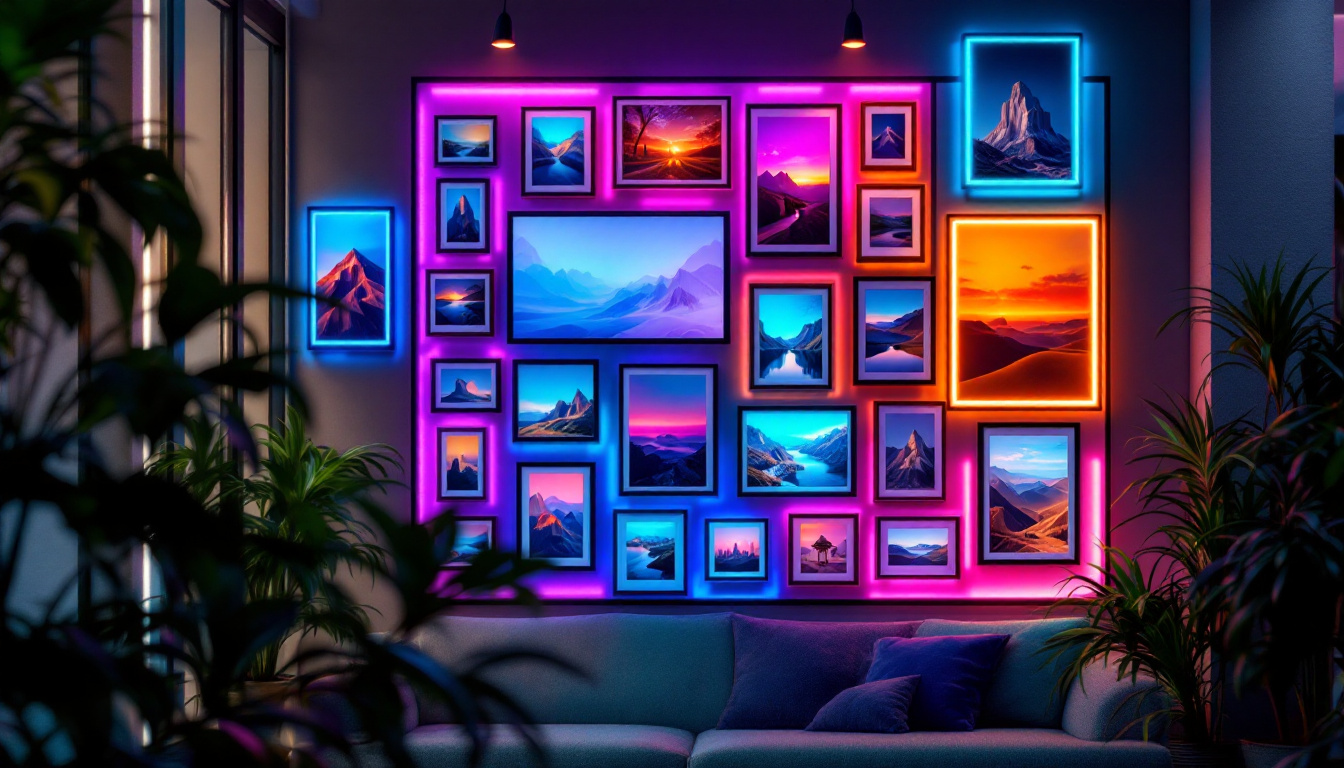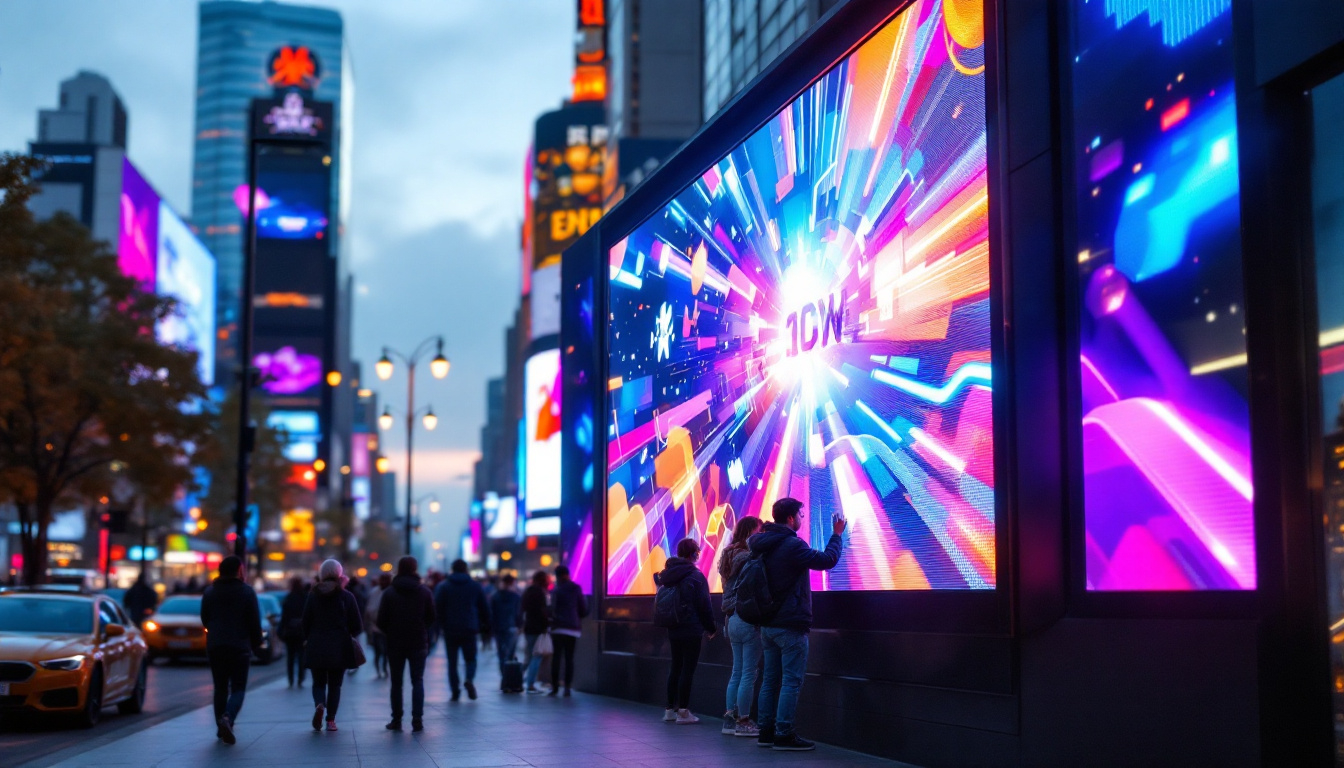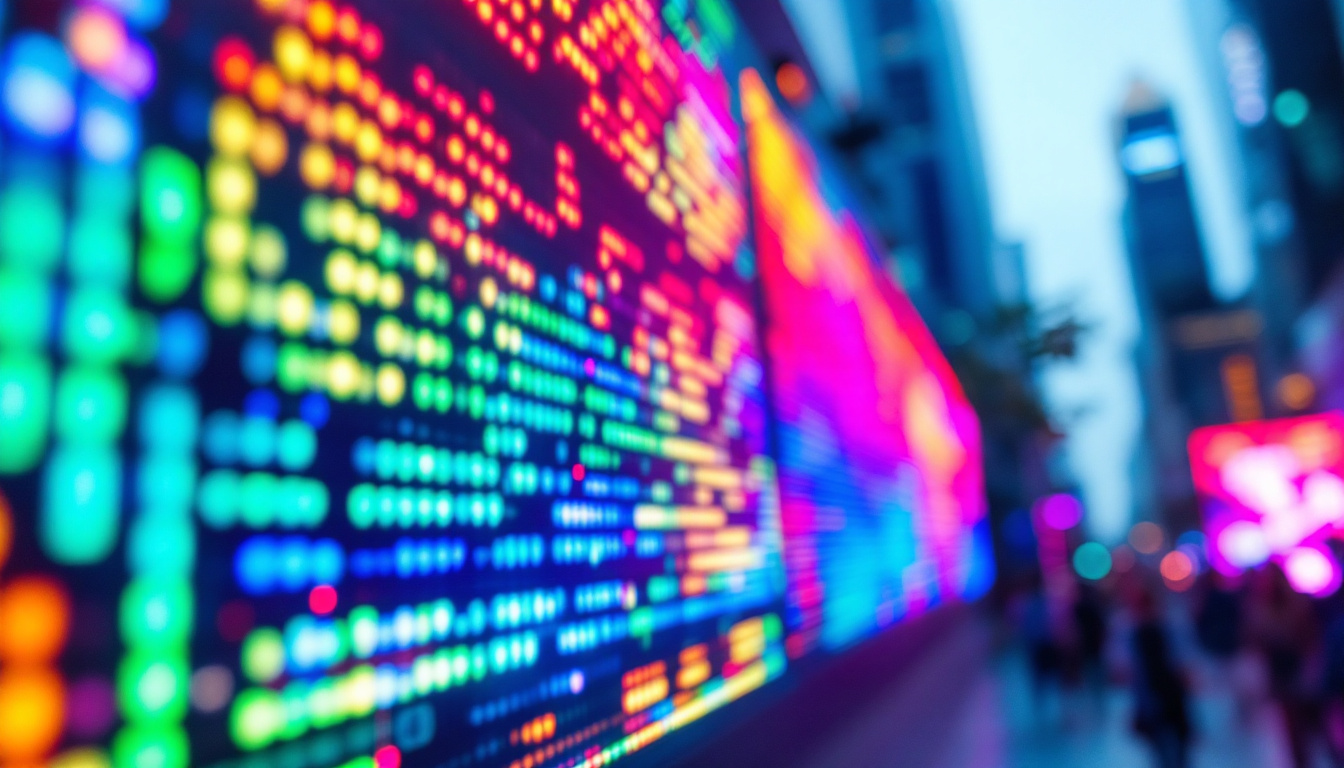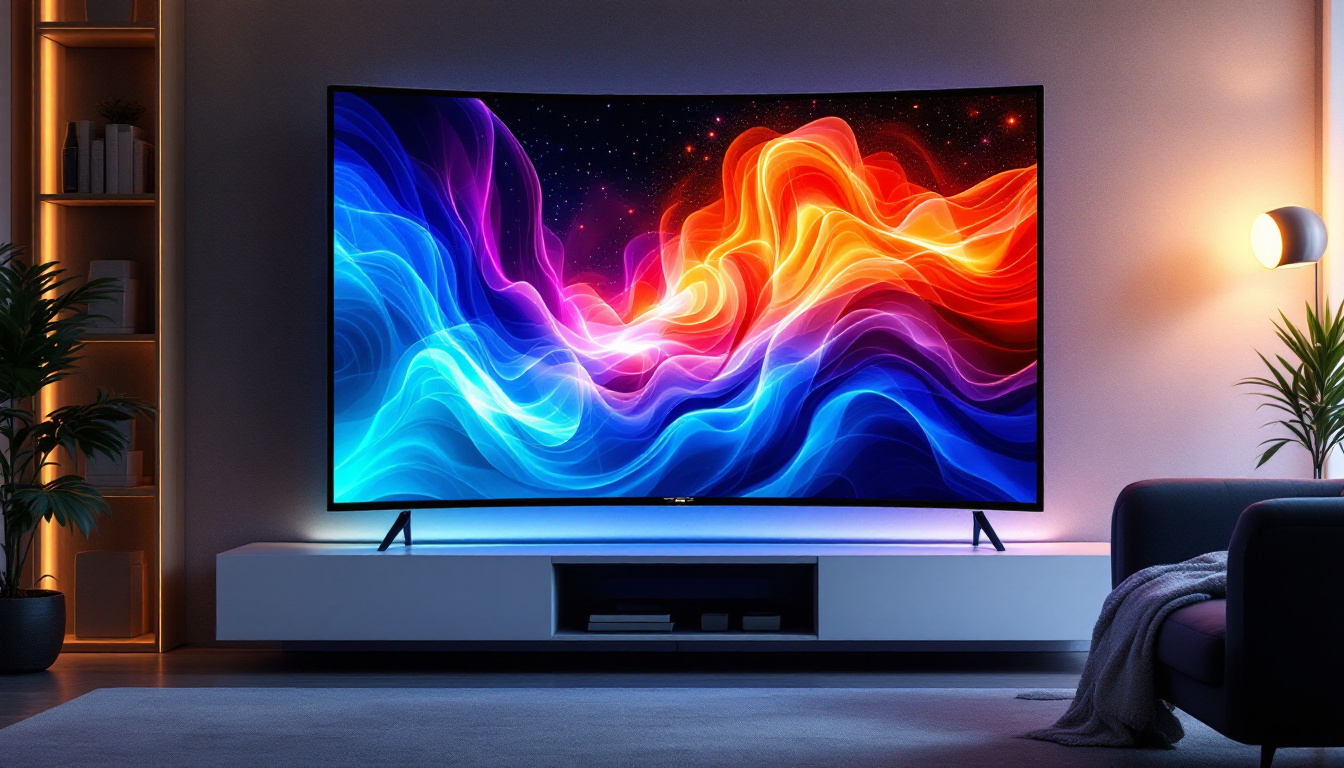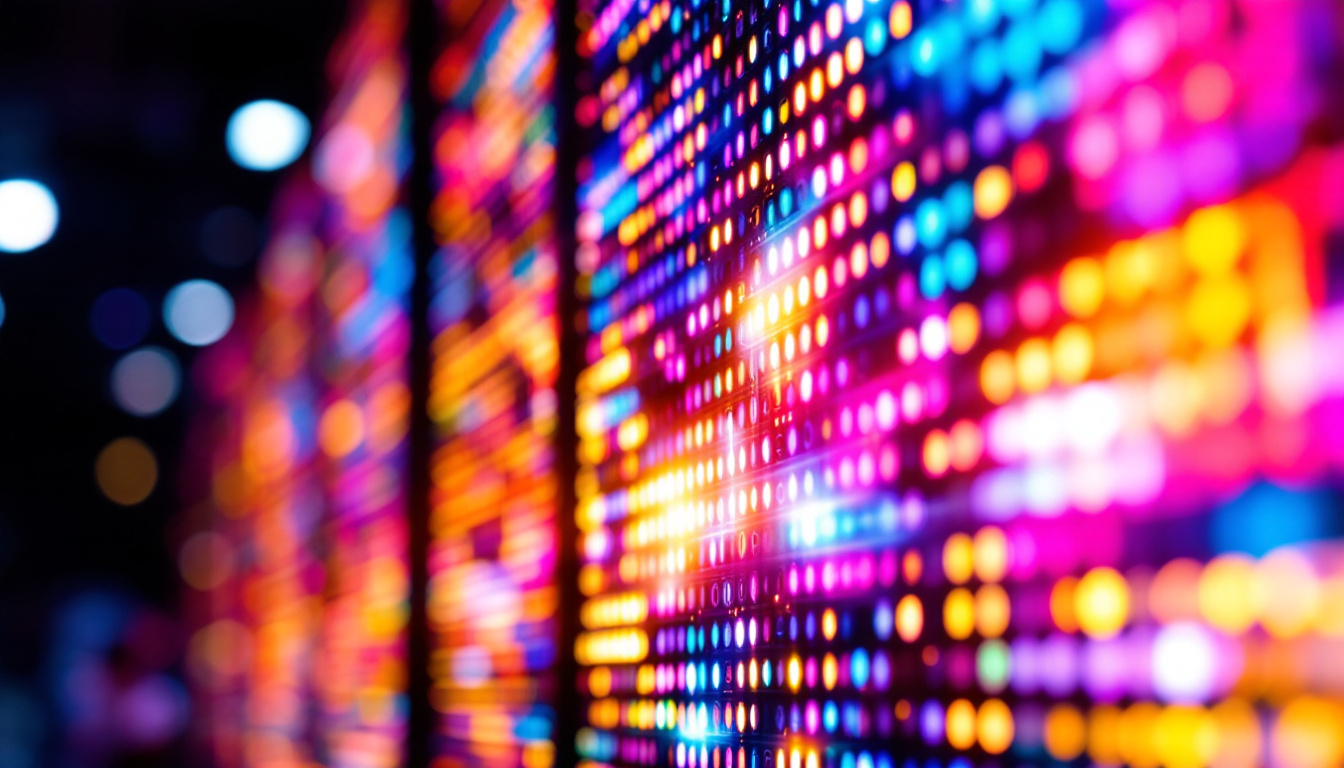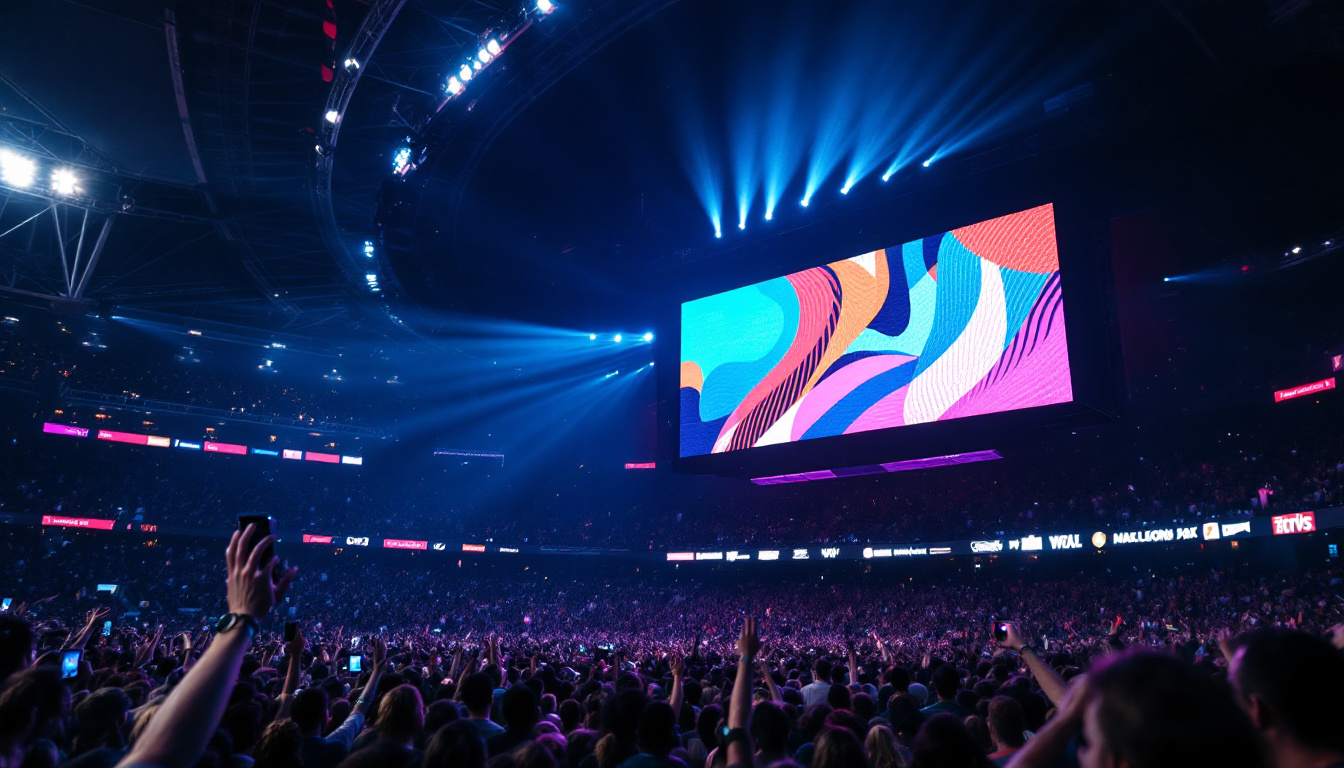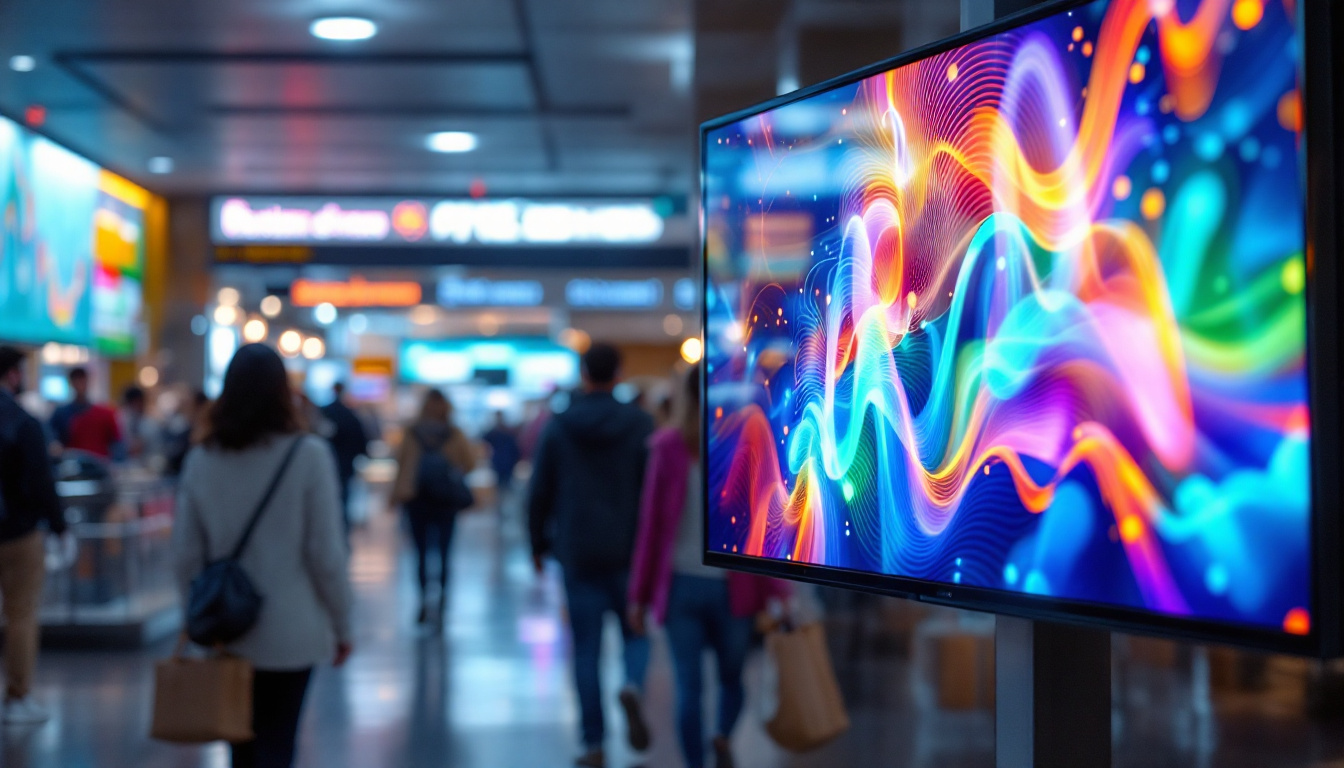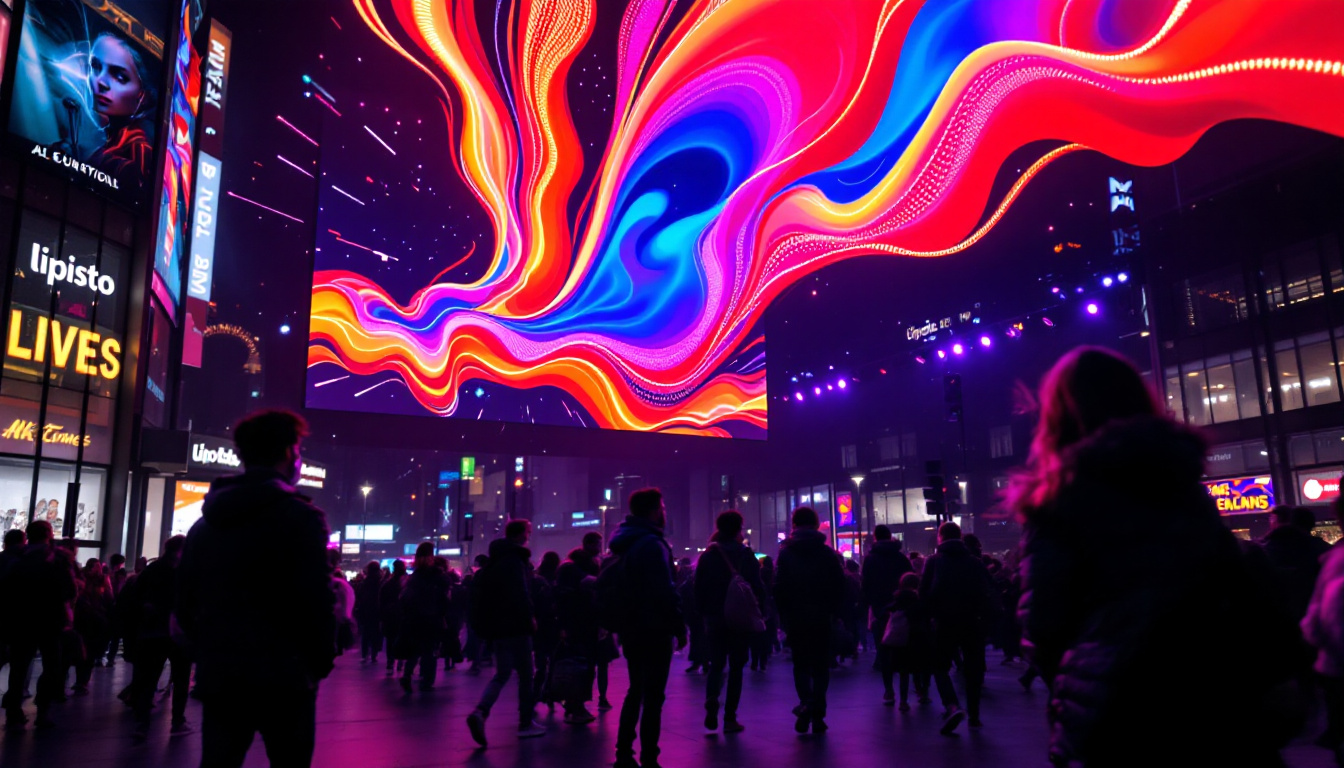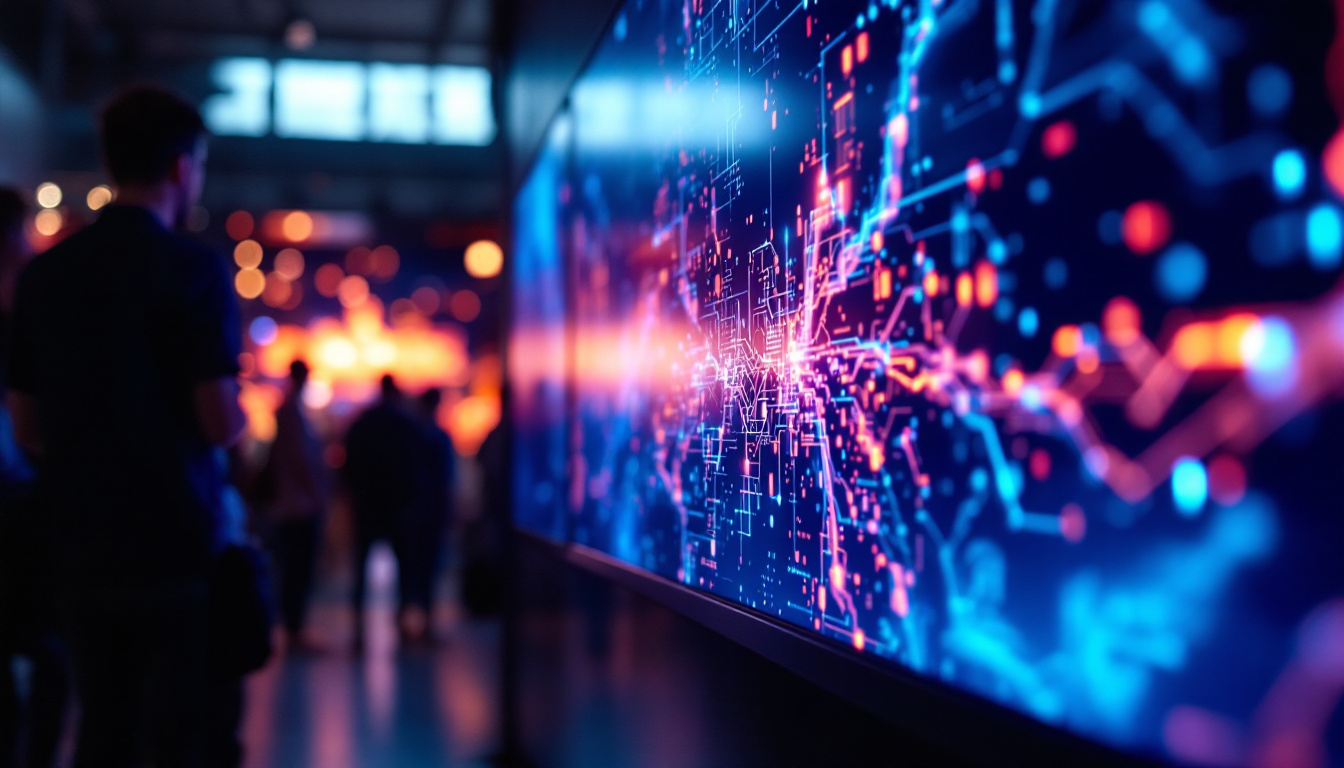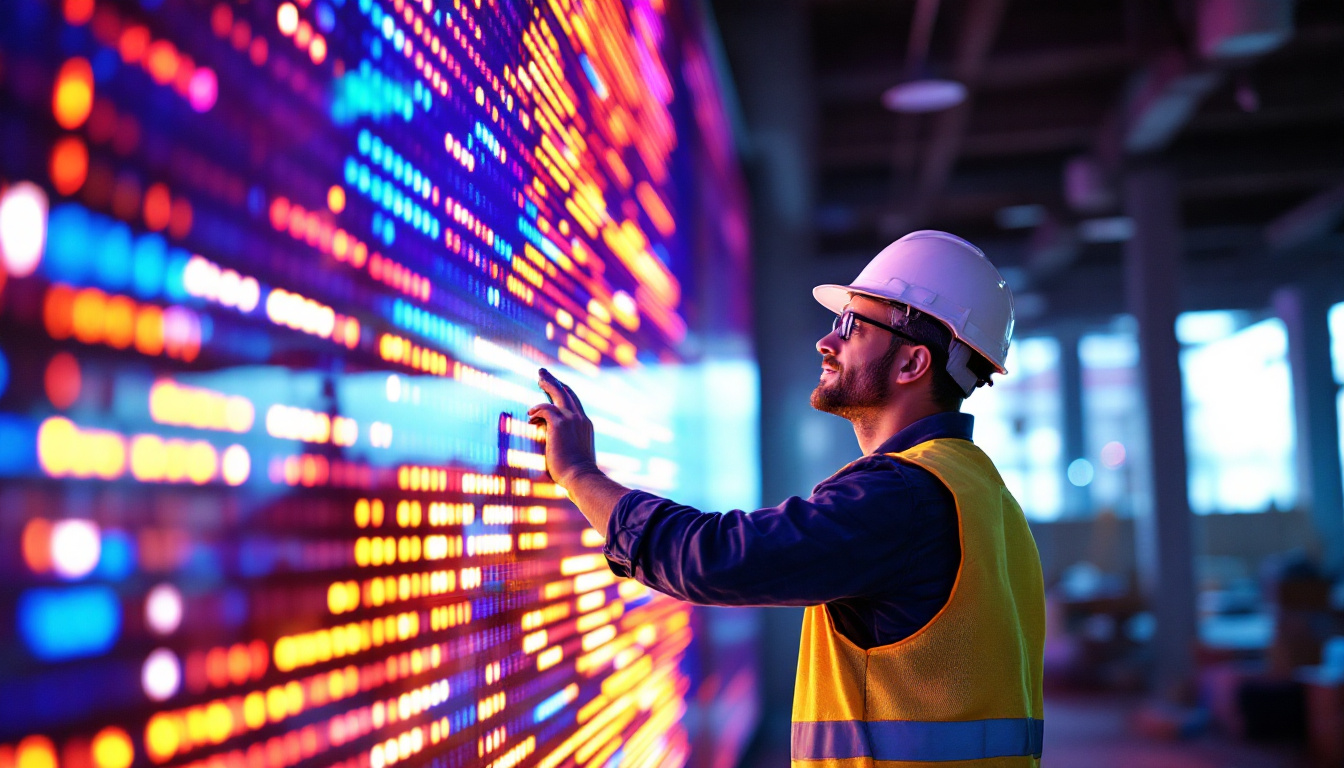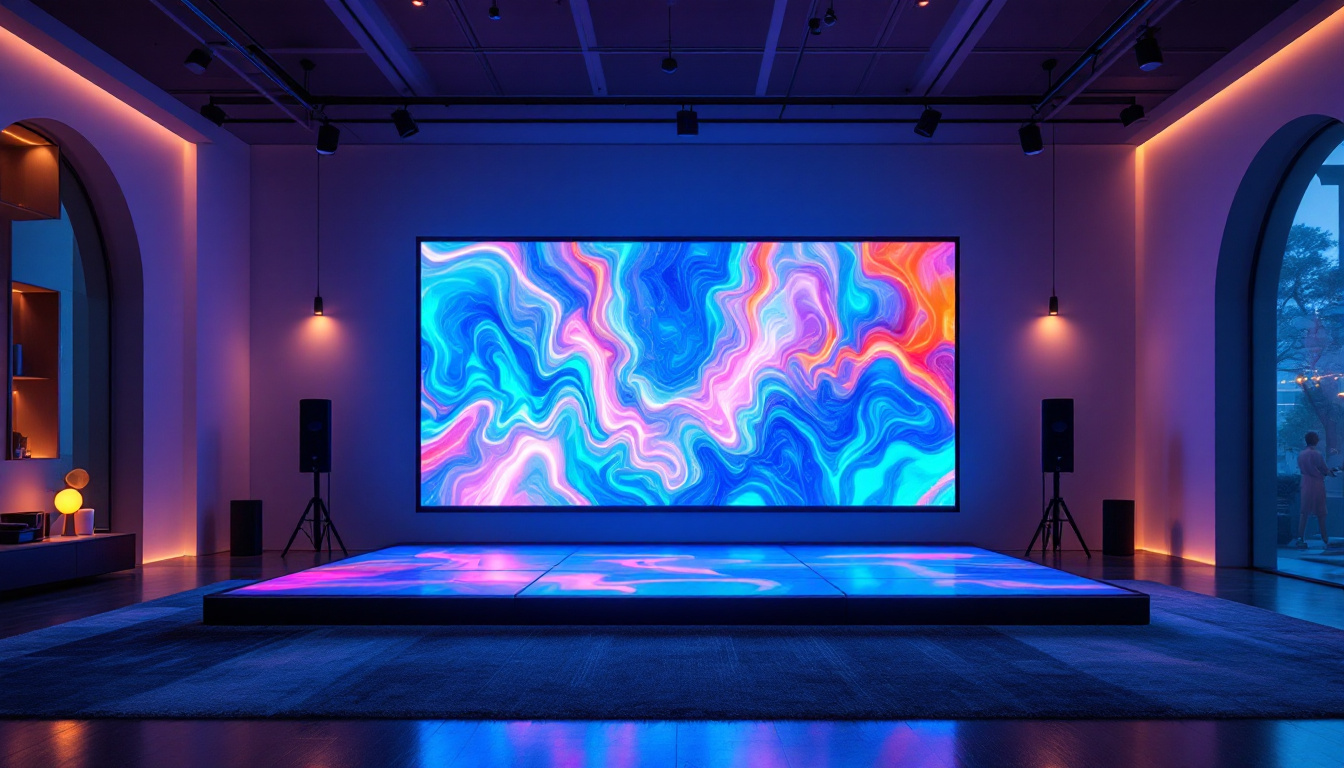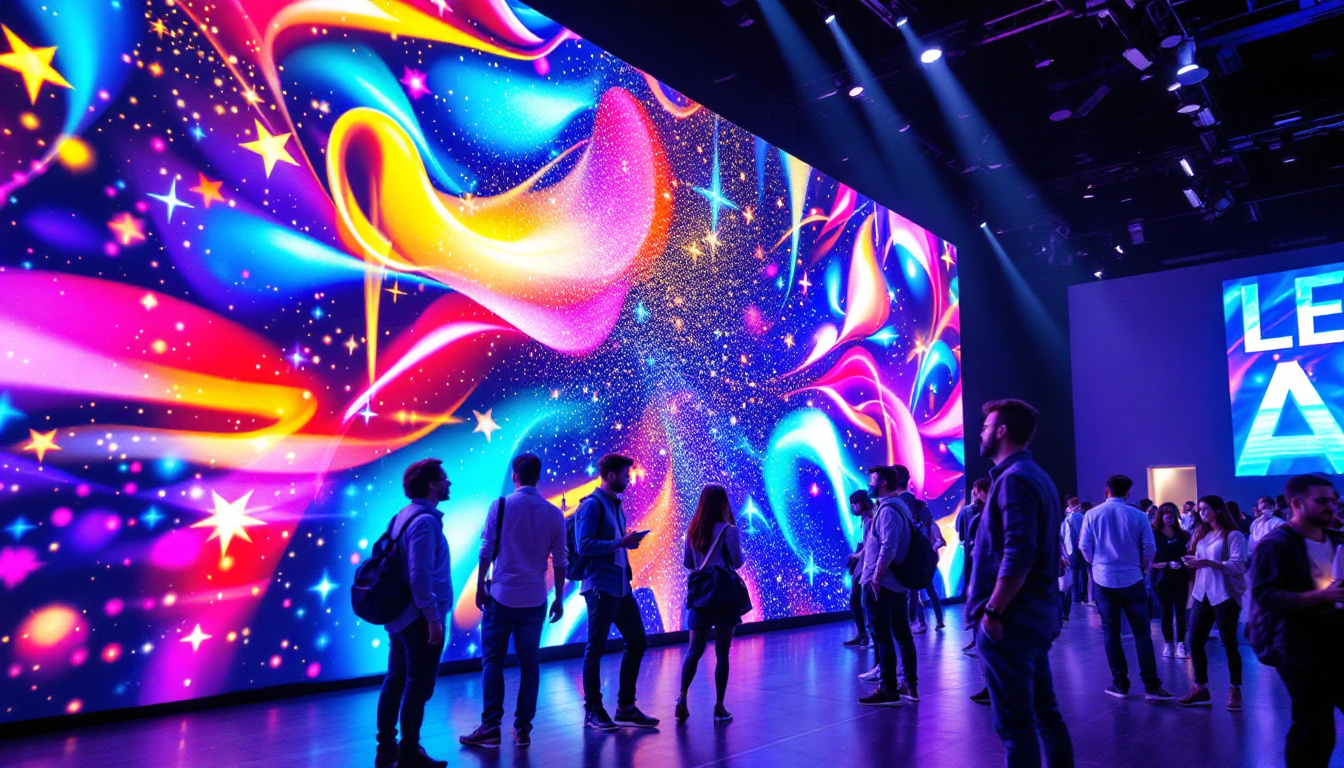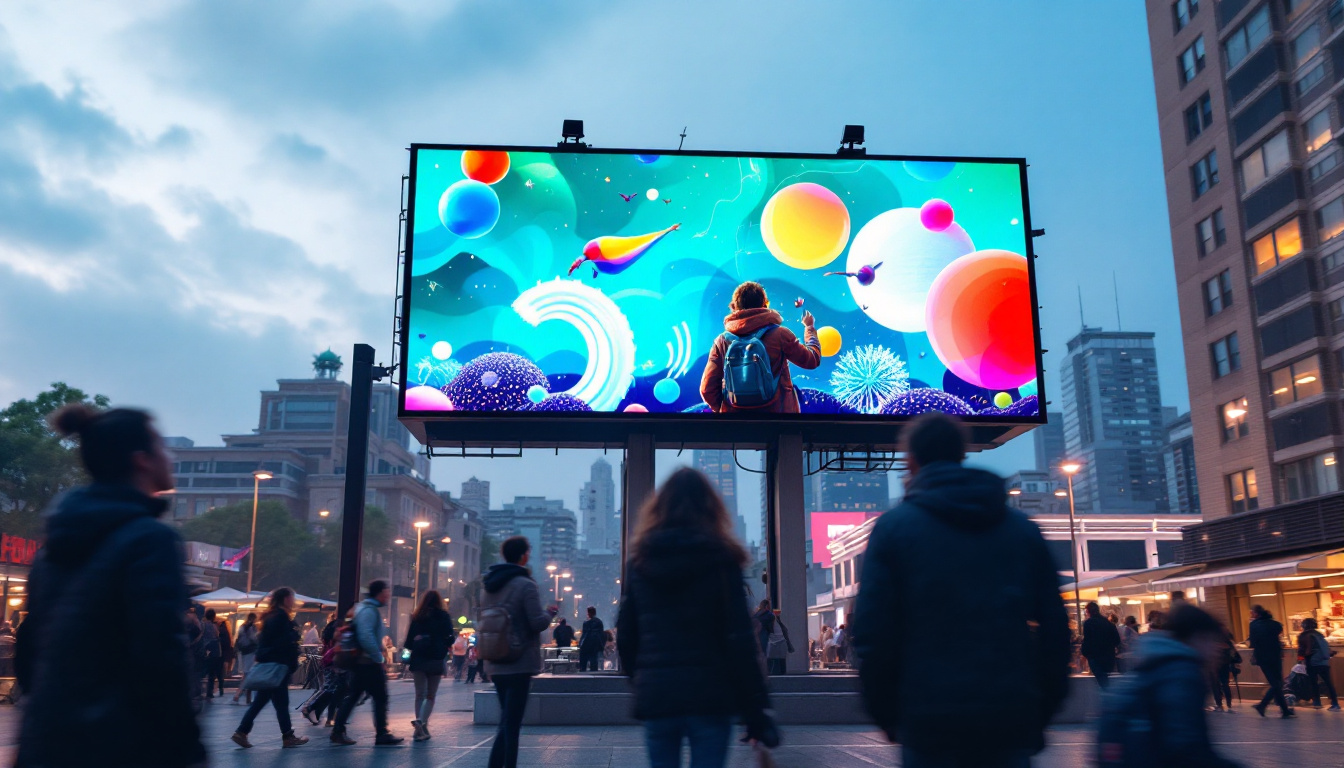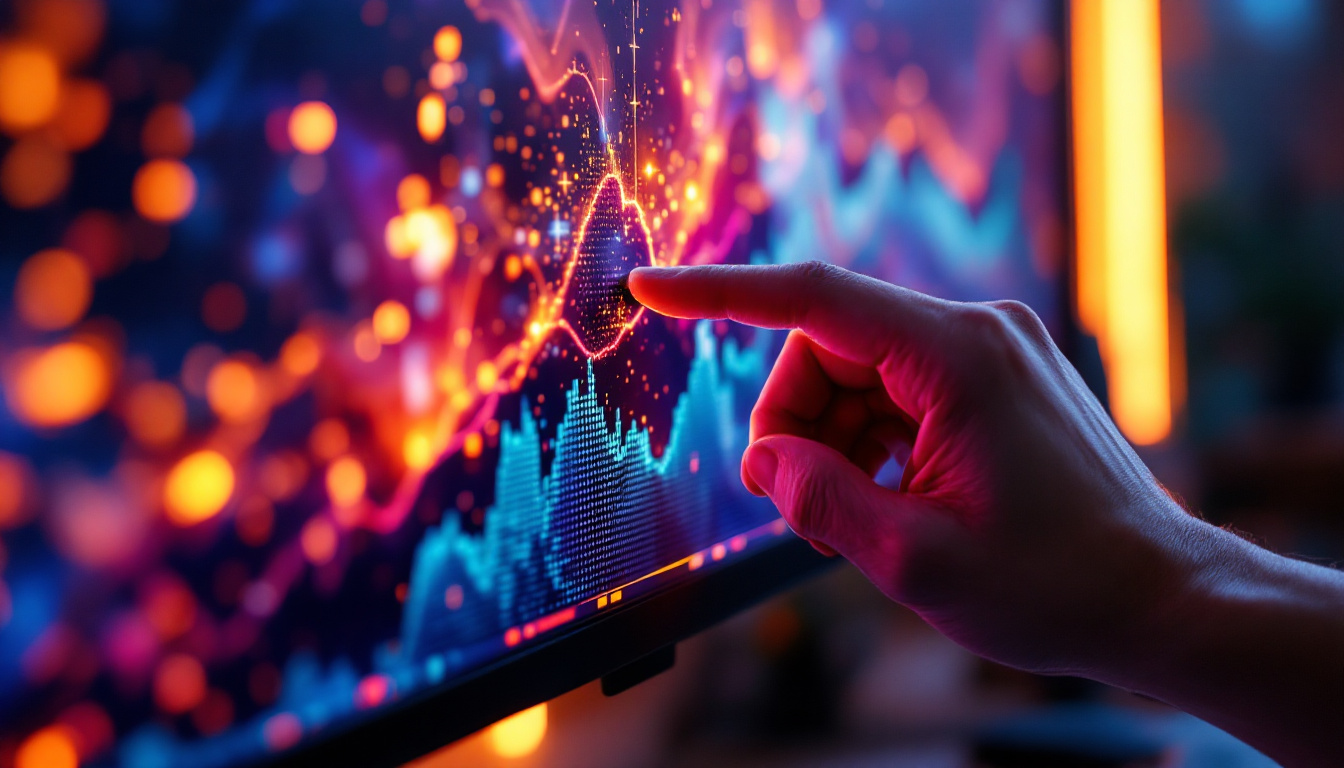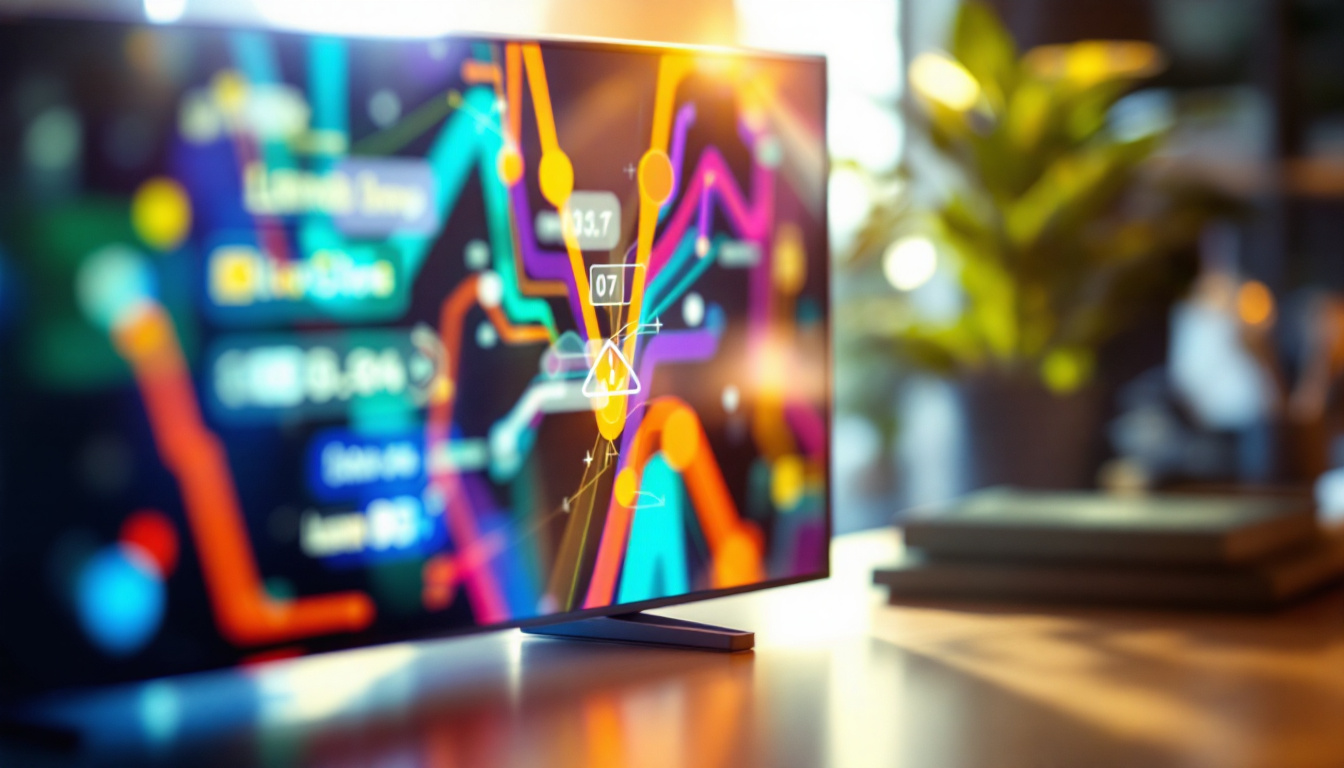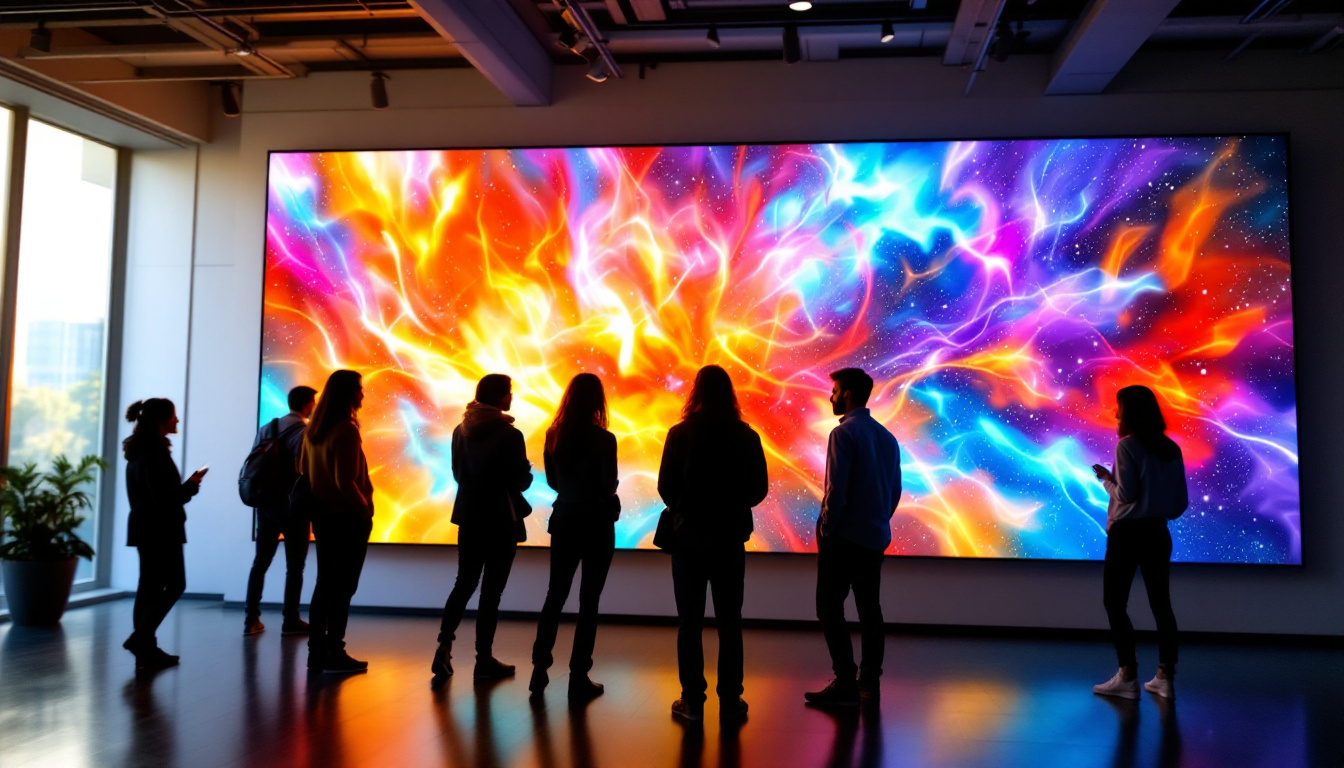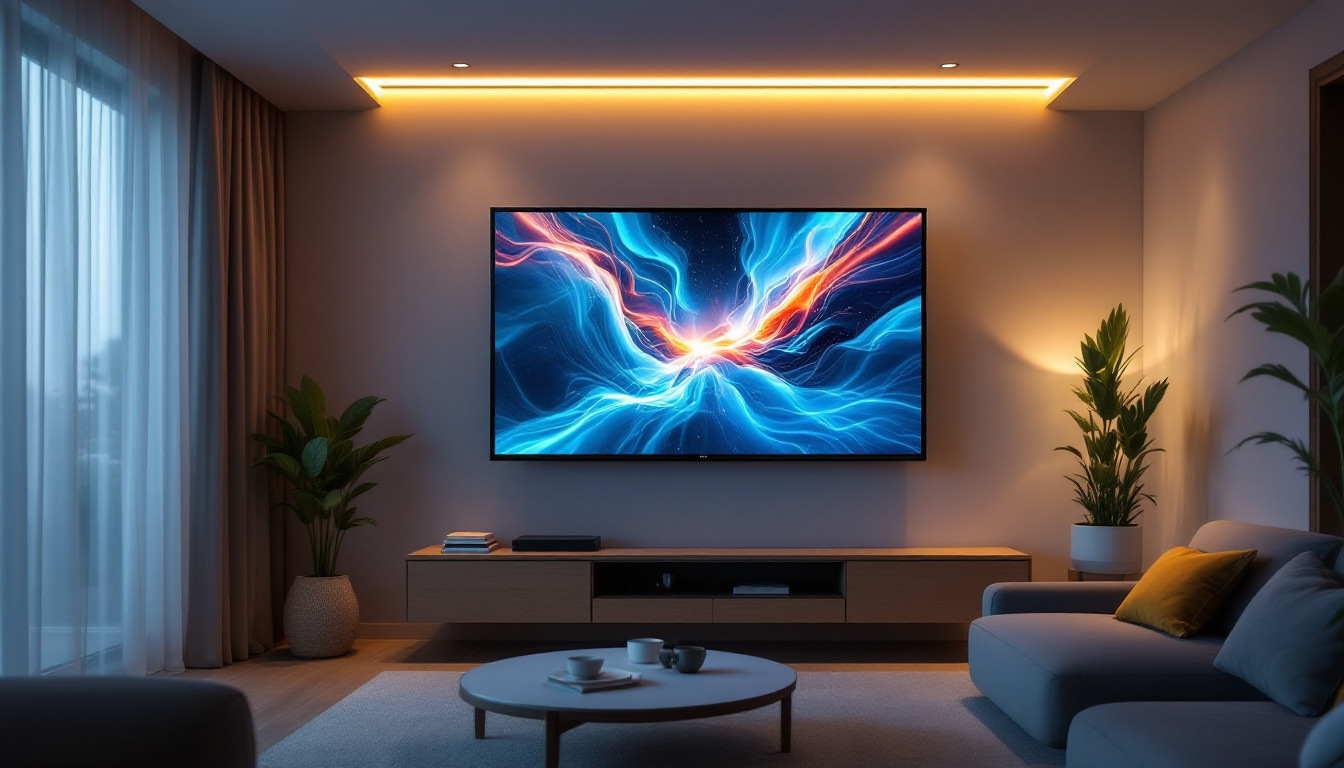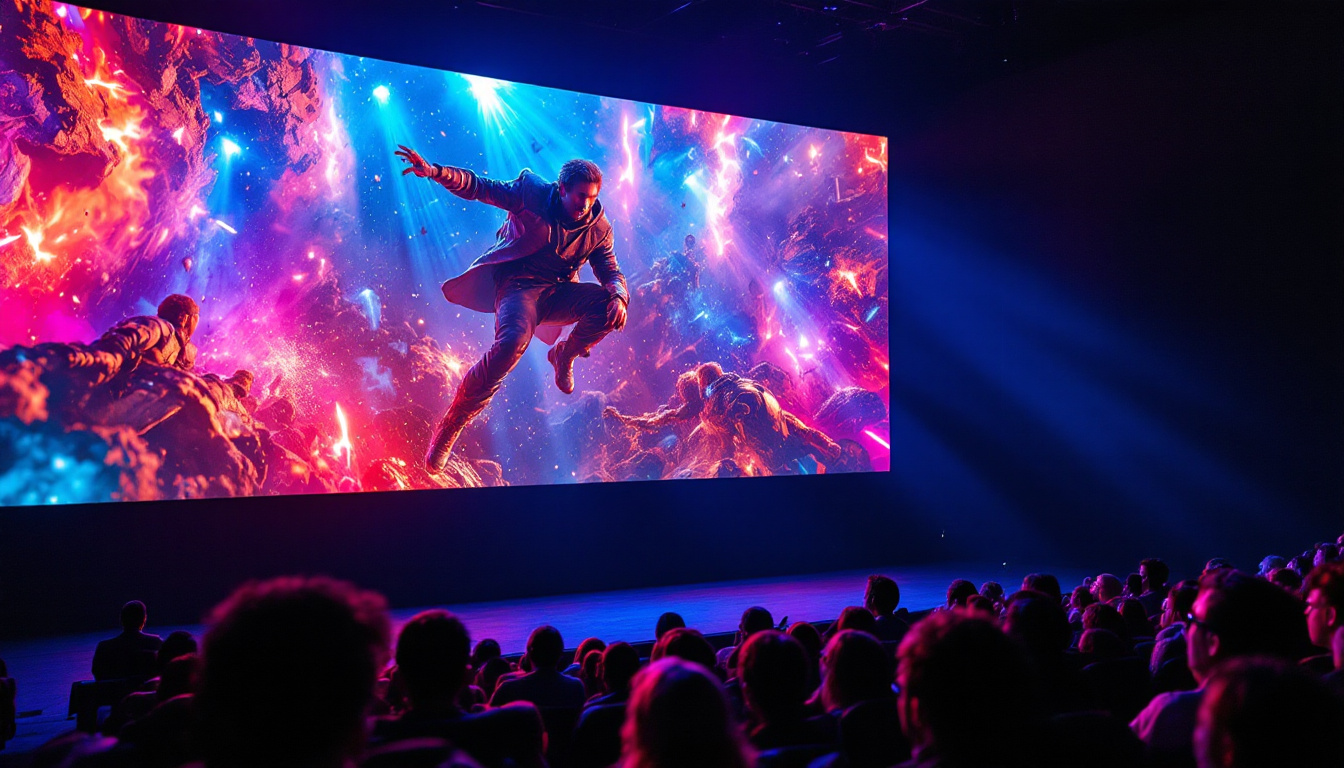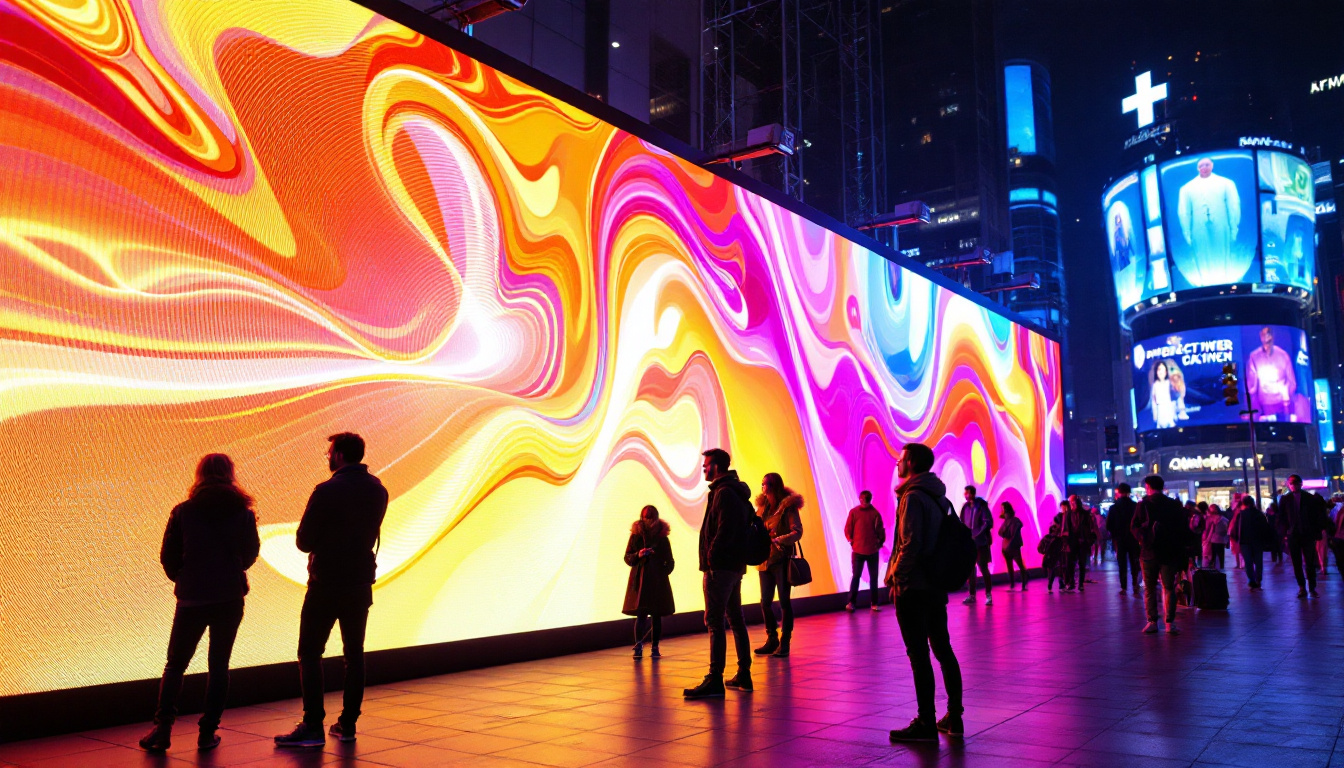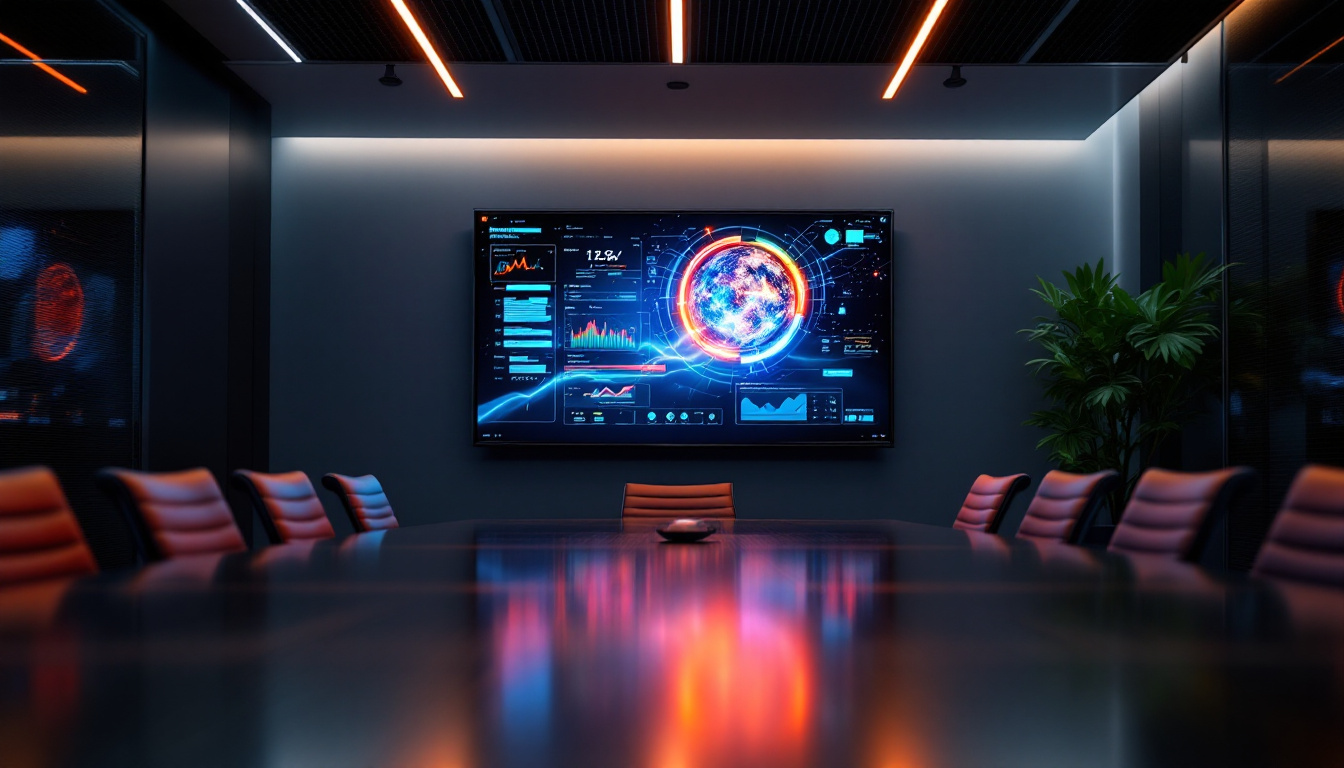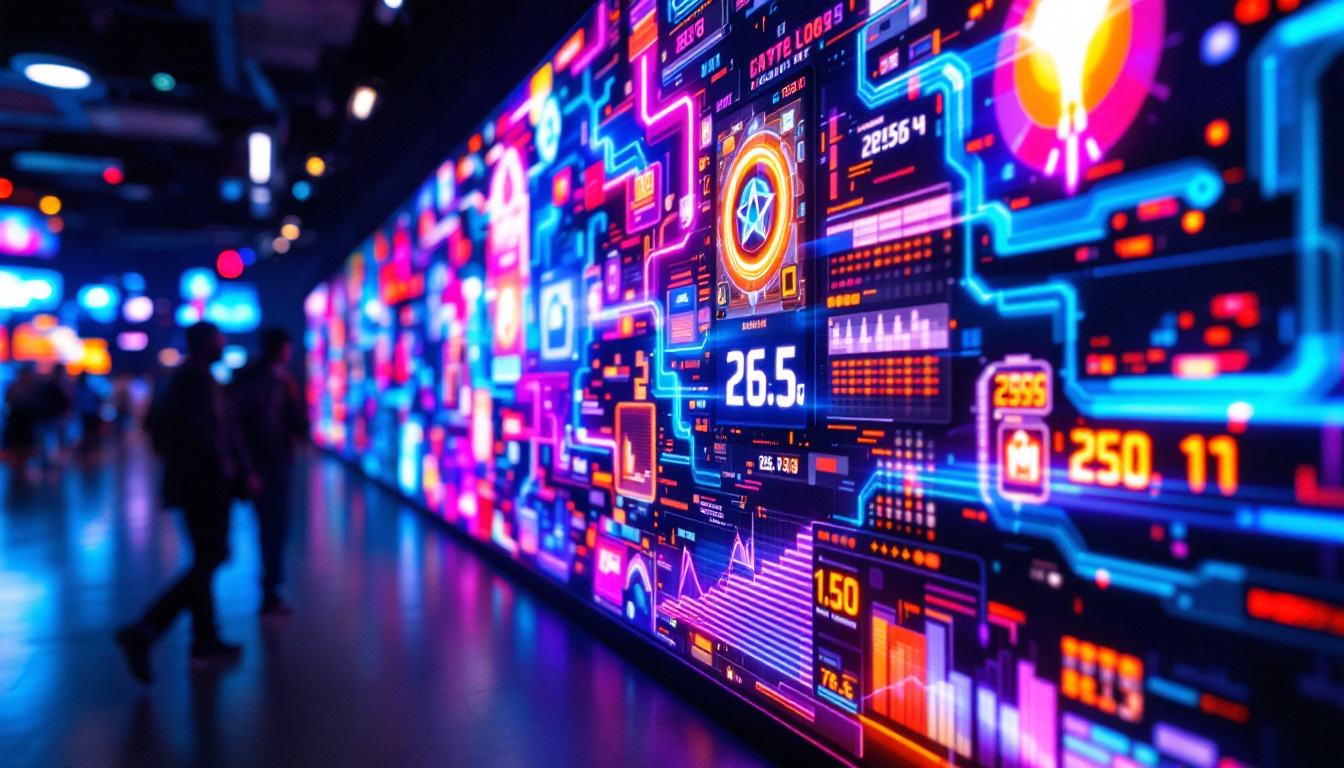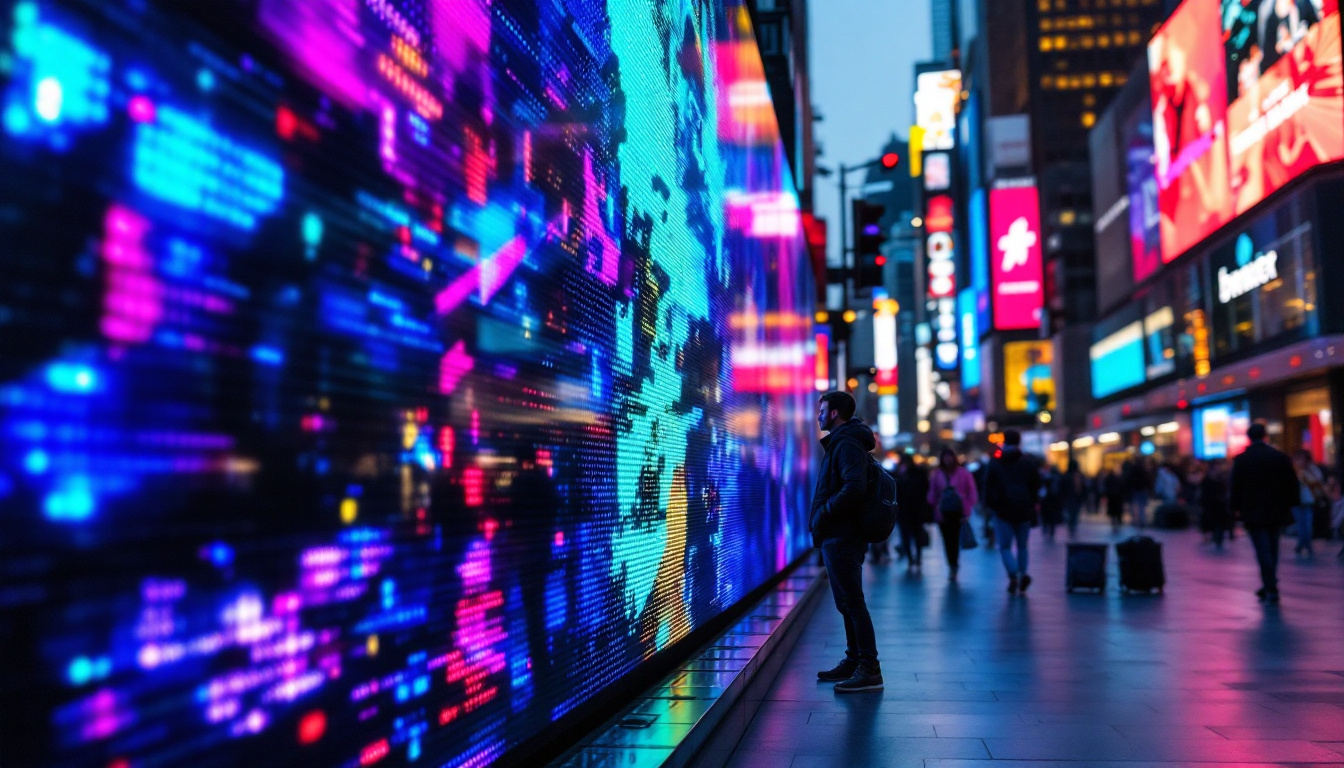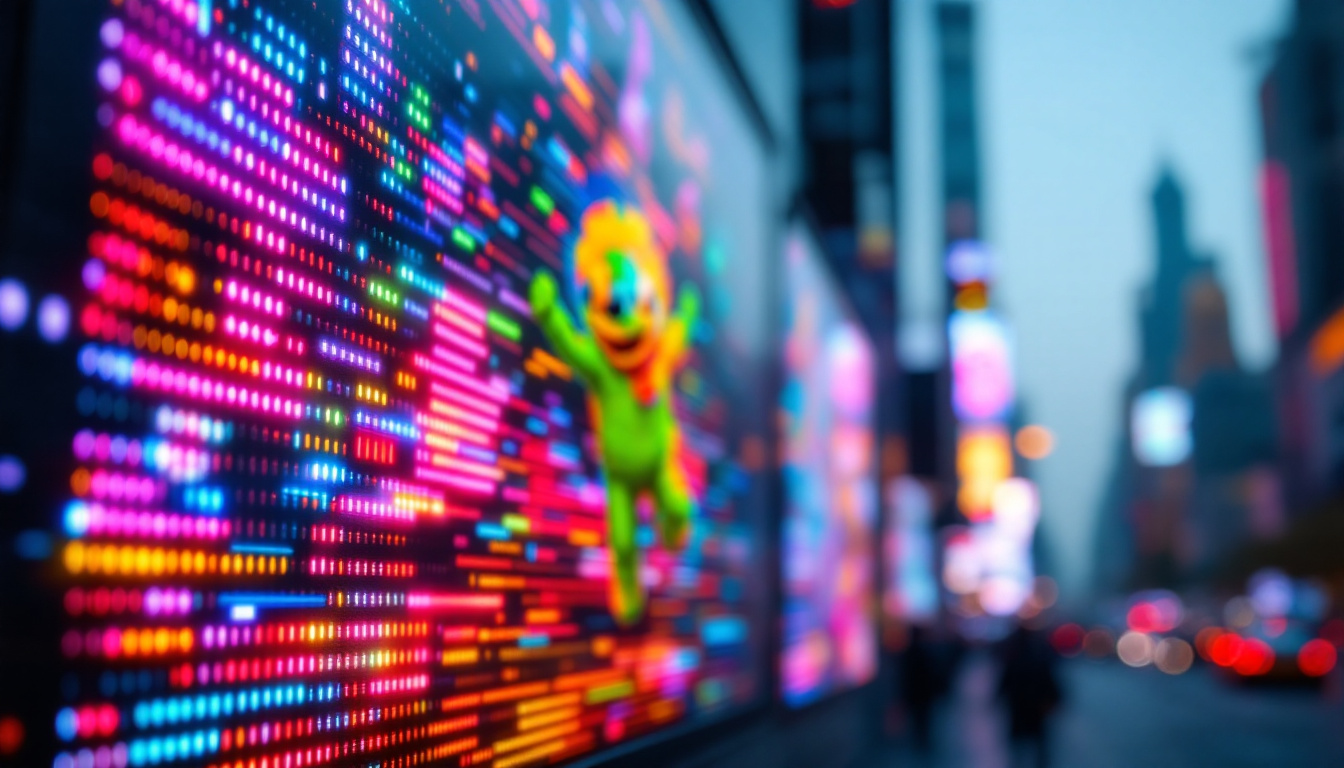The Cedia 2023 expo has once again brought together the brightest minds and innovative technologies in the world of home automation, entertainment, and display technology. Among the many exciting advancements showcased at this year’s event, LED displays stood out as a focal point of discussion and demonstration. This article delves into the intricacies of LED display technology, its applications, and the future trends that are shaping the industry.
Understanding LED Display Technology
LED, or Light Emitting Diode, display technology has revolutionized the way visual content is presented. Unlike traditional display technologies such as LCD or plasma, LED displays utilize semiconductor materials that emit light when an electric current passes through them. This fundamental difference not only enhances brightness and color accuracy but also contributes to energy efficiency. The compact nature of LED technology allows for thinner and lighter displays, making them ideal for a variety of applications, from large outdoor billboards to sleek, modern televisions.
How LED Displays Work
The core of an LED display is its array of tiny light-emitting diodes. These diodes are grouped into pixels, which collectively form the images and videos we see. Each pixel consists of red, green, and blue (RGB) diodes, which can be combined in varying intensities to produce a wide spectrum of colors. When an image is displayed, the corresponding diodes illuminate in precise patterns to create the desired visual output. This pixel-level control allows for incredible detail and clarity, making LED displays suitable for everything from intricate graphics to high-definition video content.
One of the key advantages of LED technology is its ability to achieve high levels of brightness and contrast. This is particularly beneficial in environments with varying lighting conditions, as the displays can maintain visibility even in bright sunlight. Additionally, LED displays are known for their rapid response times, making them ideal for dynamic content such as videos and animations. The technology also supports a wide viewing angle, ensuring that the content remains vibrant and clear from various perspectives, which is crucial for public displays and advertising.
Types of LED Displays
LED displays come in various forms, each designed for specific applications. The most common types include:
- Direct View LED (DVLED): These displays consist of individual LED modules that can be assembled into larger screens. They are often used in large venues, such as stadiums and concert halls, due to their scalability and impressive visual performance. The modular design allows for easy maintenance and customization, enabling venues to adapt their displays for different events or branding needs.
- LED-backlit LCD: These displays use LED technology to illuminate an LCD panel from behind. This combination allows for thinner screens while still delivering vibrant colors and enhanced contrast ratios. LED-backlit LCDs have become the standard for many consumer electronics, providing a balance between performance and cost.
- Organic LED (OLED): A more advanced form of LED technology, OLED displays use organic compounds to emit light. This allows for even greater flexibility in design and superior color accuracy, making them popular in high-end televisions and smartphones. OLED technology also enables true blacks, as individual pixels can be turned off completely, resulting in stunning contrast and depth in images.
In addition to these types, there are also specialized LED displays designed for niche applications, such as transparent LED displays that allow for innovative advertising solutions or flexible LED screens that can be bent and shaped to fit unique spaces. As technology continues to evolve, the potential for LED displays expands, paving the way for new and exciting uses in various industries, from retail to entertainment and beyond.
Applications of LED Displays
LED displays have found their way into various sectors, transforming how information is conveyed and experienced. Their versatility makes them suitable for a wide range of applications, from commercial advertising to personal entertainment.
Commercial Use
In the commercial sector, LED displays are prevalent in advertising and branding. Digital billboards, storefront displays, and event signage utilize LED technology to capture attention and convey messages effectively. The ability to change content dynamically allows businesses to target specific audiences or promote time-sensitive offers, enhancing marketing strategies.
Moreover, LED displays are increasingly used in corporate environments for presentations and video conferencing. Their high resolution and vibrant colors ensure that visual content is presented clearly, facilitating better communication and engagement during meetings. In addition to traditional conference rooms, many companies are now incorporating LED walls into their office designs, creating collaborative spaces that foster innovation and creativity. These displays can be used for brainstorming sessions, showcasing project timelines, or even displaying company achievements, making them an integral part of modern workplace culture.
Entertainment and Events
The entertainment industry has embraced LED displays for concerts, festivals, and theatrical productions. Large-scale LED screens create immersive experiences for audiences, enhancing the overall atmosphere of events. The flexibility of LED technology allows for creative stage designs, where screens can be arranged in various configurations to complement performances. This adaptability not only captivates audiences but also provides artists with a powerful medium to express their creativity through visuals that synchronize with music and storytelling.
Additionally, sports arenas and stadiums are equipped with massive LED displays that provide real-time statistics, replays, and highlights. This not only enhances the spectator experience but also keeps fans engaged throughout the event. Beyond just displaying scores, these screens can host interactive features, such as fan polls and social media feeds, creating a two-way communication channel between the venue and its audience. This level of engagement transforms the way fans experience live sports, making them feel like an integral part of the action, whether they are in the stands or watching from home.
Trends Shaping the Future of LED Displays
As technology continues to evolve, so does the landscape of LED displays. Several trends are emerging that promise to further enhance the capabilities and applications of this technology.
Advancements in Resolution and Pixel Density
One of the most significant trends is the push for higher resolutions and pixel densities. With the advent of 4K and even 8K displays, the demand for finer detail and clarity is growing. This is particularly relevant in applications such as virtual reality and augmented reality, where immersive experiences rely on high-resolution visuals.
Manufacturers are investing in research and development to create smaller pixels that can be packed more densely into displays. This not only improves image quality but also allows for larger screens without sacrificing clarity. As a result, consumers can expect to see more stunning visuals in both home entertainment systems and commercial displays.
Energy Efficiency and Sustainability
As environmental concerns become increasingly prominent, the LED display industry is focusing on energy efficiency and sustainability. LED technology is already known for its low power consumption compared to traditional displays, but manufacturers are striving to improve this further.
Innovations such as adaptive brightness control, which adjusts the display’s brightness based on ambient light, are being implemented to reduce energy usage. Additionally, many companies are exploring eco-friendly materials and sustainable manufacturing processes to minimize their environmental impact.
Integration with Smart Technologies
The integration of LED displays with smart technologies is another trend gaining traction. With the rise of the Internet of Things (IoT), displays can now be connected to other devices and systems, allowing for seamless communication and automation.
For instance, smart homes can utilize LED displays to provide real-time information about energy consumption, weather updates, or security alerts. In commercial settings, displays can be linked to inventory management systems to showcase real-time product availability, enhancing customer experience and operational efficiency.
Challenges Facing the LED Display Industry
Despite the numerous advantages and advancements in LED display technology, several challenges remain that could impact its growth and adoption.
Cost Considerations
The initial investment for high-quality LED displays can be significant, particularly for large-scale installations. While prices have decreased over the years, the cost of advanced technologies such as OLED still poses a barrier for many consumers and businesses.
As the technology matures and production processes become more efficient, it is expected that prices will continue to decline. However, for the time being, budget constraints can limit the accessibility of cutting-edge LED displays for smaller businesses and individual consumers.
Technical Limitations
While LED displays offer impressive performance, they are not without their technical limitations. Issues such as color uniformity and viewing angles can affect the overall quality of the display. For instance, some LED displays may exhibit color shifts when viewed from extreme angles, which can be problematic in certain applications.
Manufacturers are actively working to address these challenges through advancements in technology and design. Innovations such as improved diffusion techniques and enhanced calibration processes are being explored to ensure consistent performance across various viewing conditions.
Conclusion: The Bright Future of LED Displays
As Cedia 2023 highlighted, LED display technology is at the forefront of visual innovation, offering a plethora of opportunities for businesses and consumers alike. With ongoing advancements in resolution, energy efficiency, and smart integration, the future of LED displays looks promising.
While challenges remain, the industry’s commitment to overcoming these obstacles will undoubtedly lead to even more exciting developments in the years to come. As technology continues to evolve, LED displays will play a pivotal role in shaping how we experience visual content, whether in our homes, workplaces, or public spaces.
In summary, the insights gained from Cedia 2023 underscore the significance of LED display technology in today’s digital landscape. As the industry moves forward, it will be fascinating to witness how these advancements will enhance our interactions with visual media and redefine the boundaries of creativity and communication.
Explore the Future of Visual Experience with LumenMatrix
Ready to be a part of the visual revolution? Discover how LumenMatrix’s innovative LED display solutions can transform your space and captivate your audience. From dynamic indoor and outdoor displays to specialized solutions like vehicle and sports displays, LumenMatrix offers a comprehensive range of products designed to elevate your brand and create unforgettable visual experiences. Don’t miss out on the opportunity to redefine visual communication with clarity and impact. Check out LumenMatrix LED Display Solutions today and step into the future of digital signage.

